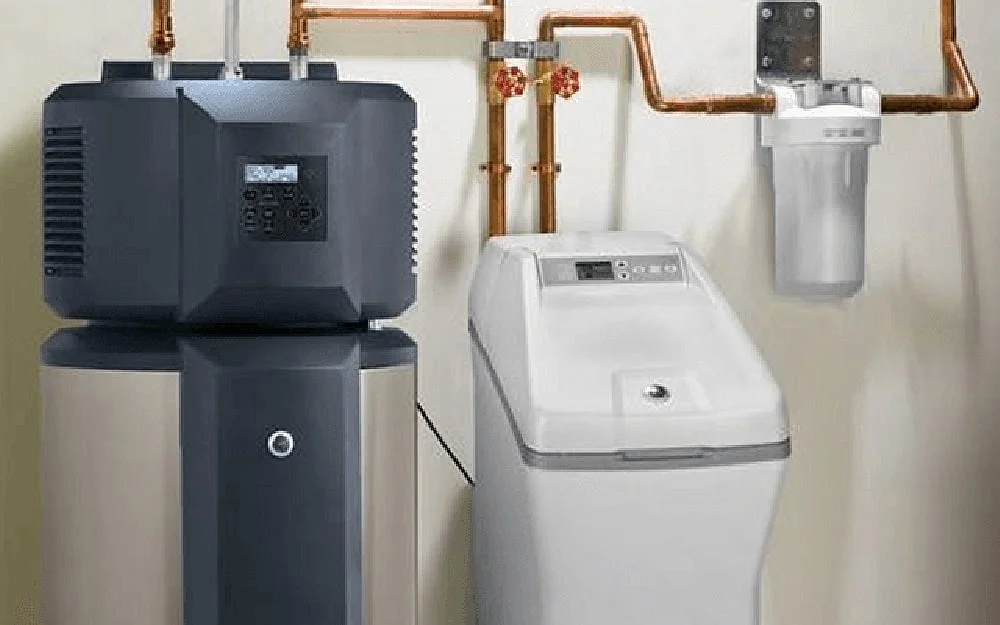
A water softener is a device used to remove minerals that cause water hardness, primarily calcium and magnesium. Hard water can lead to various problems, such as scale buildup in pipes and appliances, reduced soap effectiveness, and dry skin and hair. Water softeners typically use a process called ion exchange.
Here’s how it works:
1. Ion Exchange Process: The water softener contains resin beads that are charged with sodium ions. As hard water flows through the system, the calcium and magnesium ions in the water are attracted to the resin beads. In exchange, sodium ions are released into the water.
2. Regeneration Cycle: Over time, the resin beads become saturated with calcium and magnesium ions and need to be regenerated. This is done by flushing the beads with a salt solution (brine), which replaces the calcium and magnesium ions with sodium ions, restoring the softening capacity of the beads.
3. Benefits: Using a water softener can improve the efficiency of appliances, reduce soap usage, and prevent scale buildup in plumbing, leading to longer-lasting fixtures and appliances.
Overall, a water softener is a practical solution for households dealing with hard water issues, providing numerous benefits for both water quality and household maintenance.
